
How to Use 12V 50Ah Battery: Examples, Pinouts, and Specs
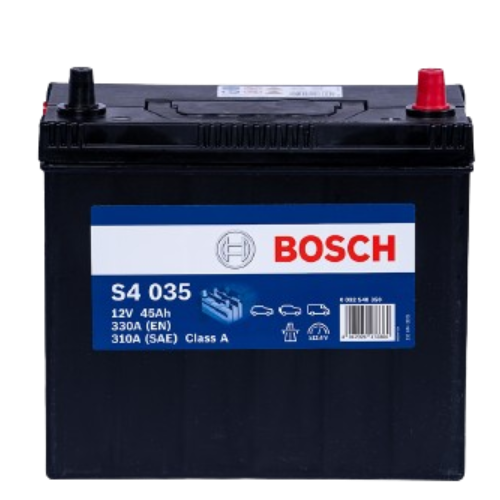
 Design with 12V 50Ah Battery in Cirkit Designer
Design with 12V 50Ah Battery in Cirkit DesignerIntroduction
The 12V 50Ah battery is a rechargeable energy storage device that provides a nominal voltage of 12 volts and a capacity of 50 ampere-hours (Ah). This battery is commonly used in applications requiring reliable and long-lasting power, such as uninterruptible power supplies (UPS), solar energy systems, electric vehicles, and portable electronic devices. Its high capacity and stable voltage output make it an ideal choice for both industrial and consumer applications.
Explore Projects Built with 12V 50Ah Battery
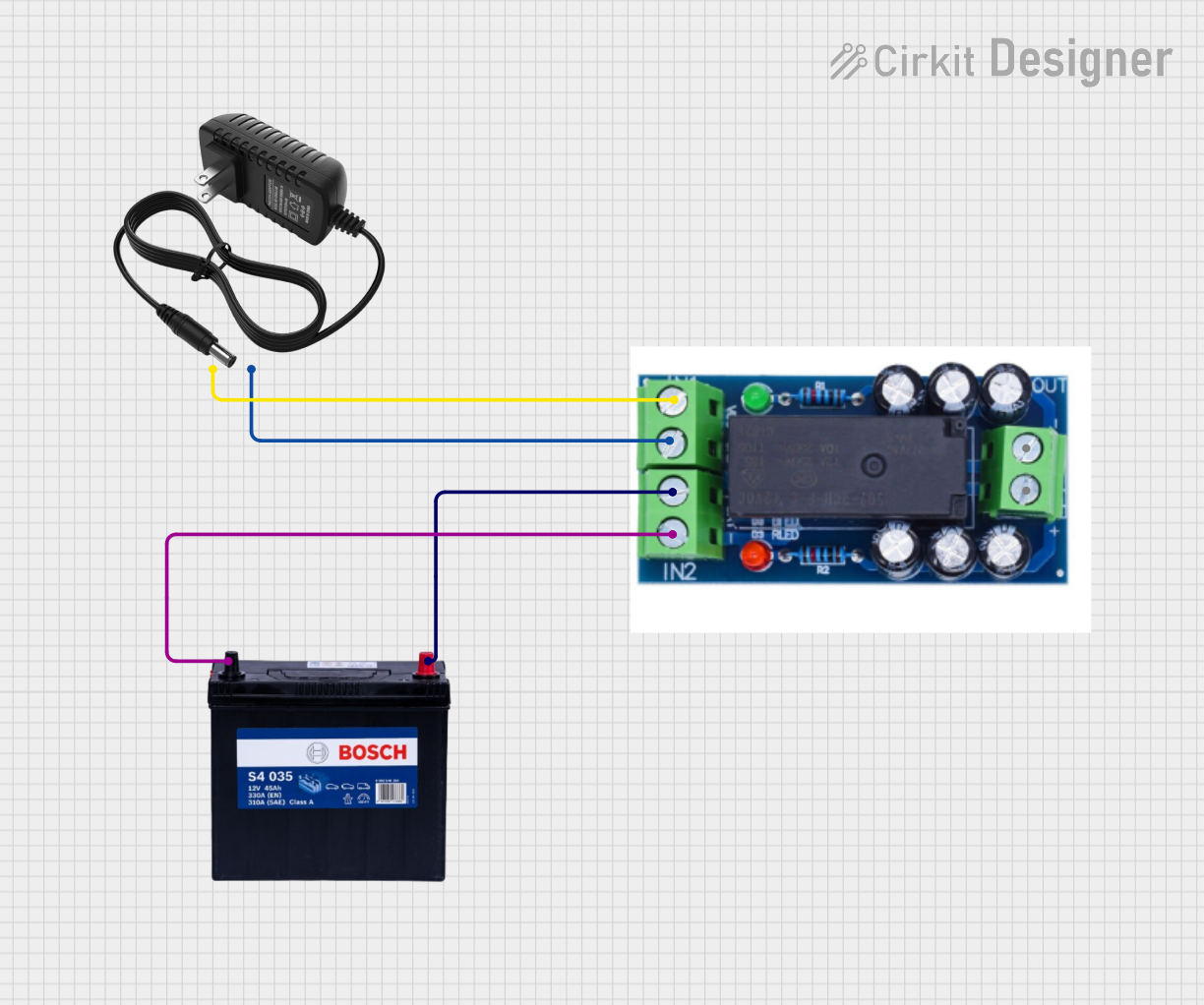
 Open Project in Cirkit Designer
Open Project in Cirkit Designer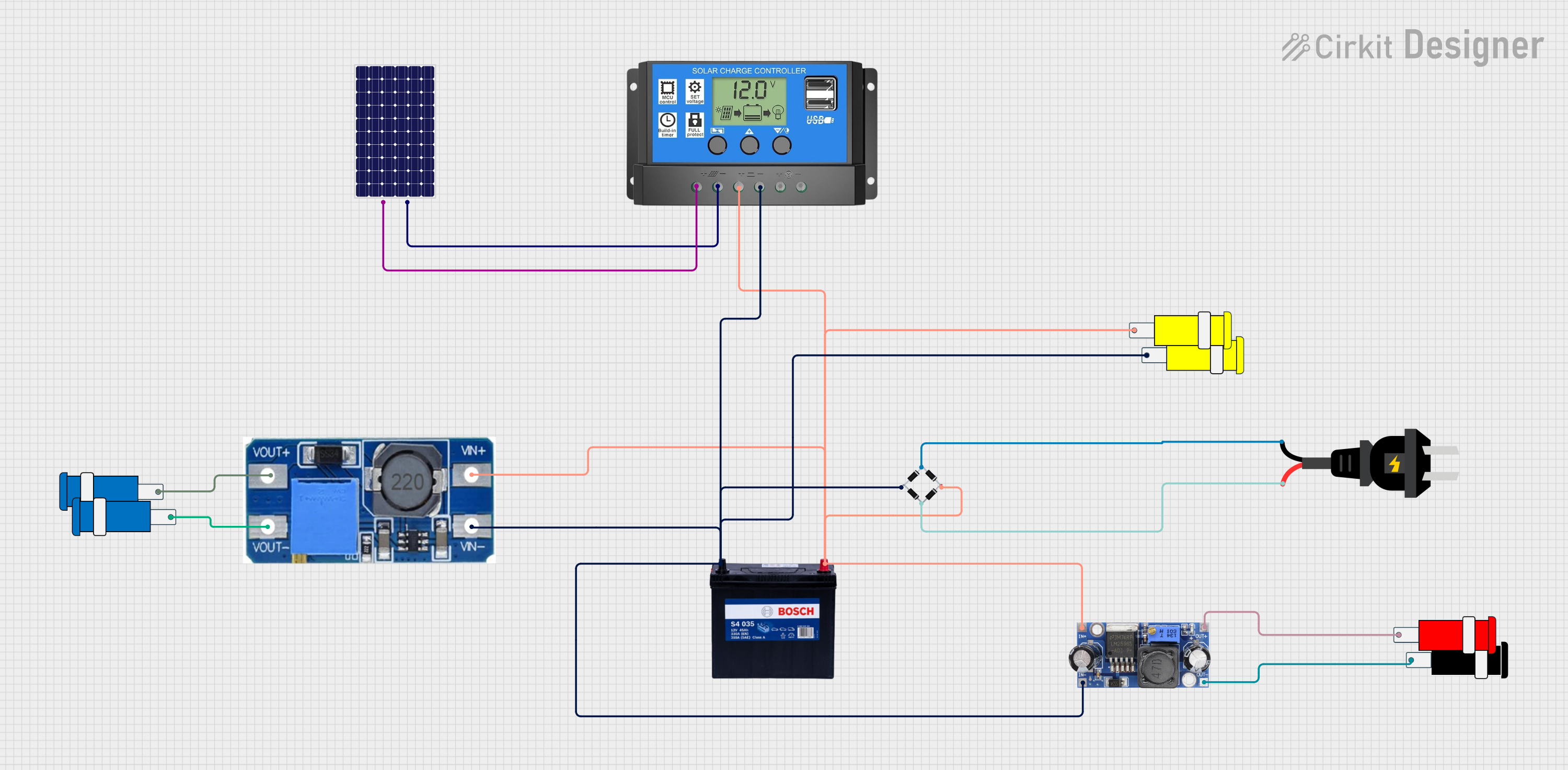
 Open Project in Cirkit Designer
Open Project in Cirkit Designer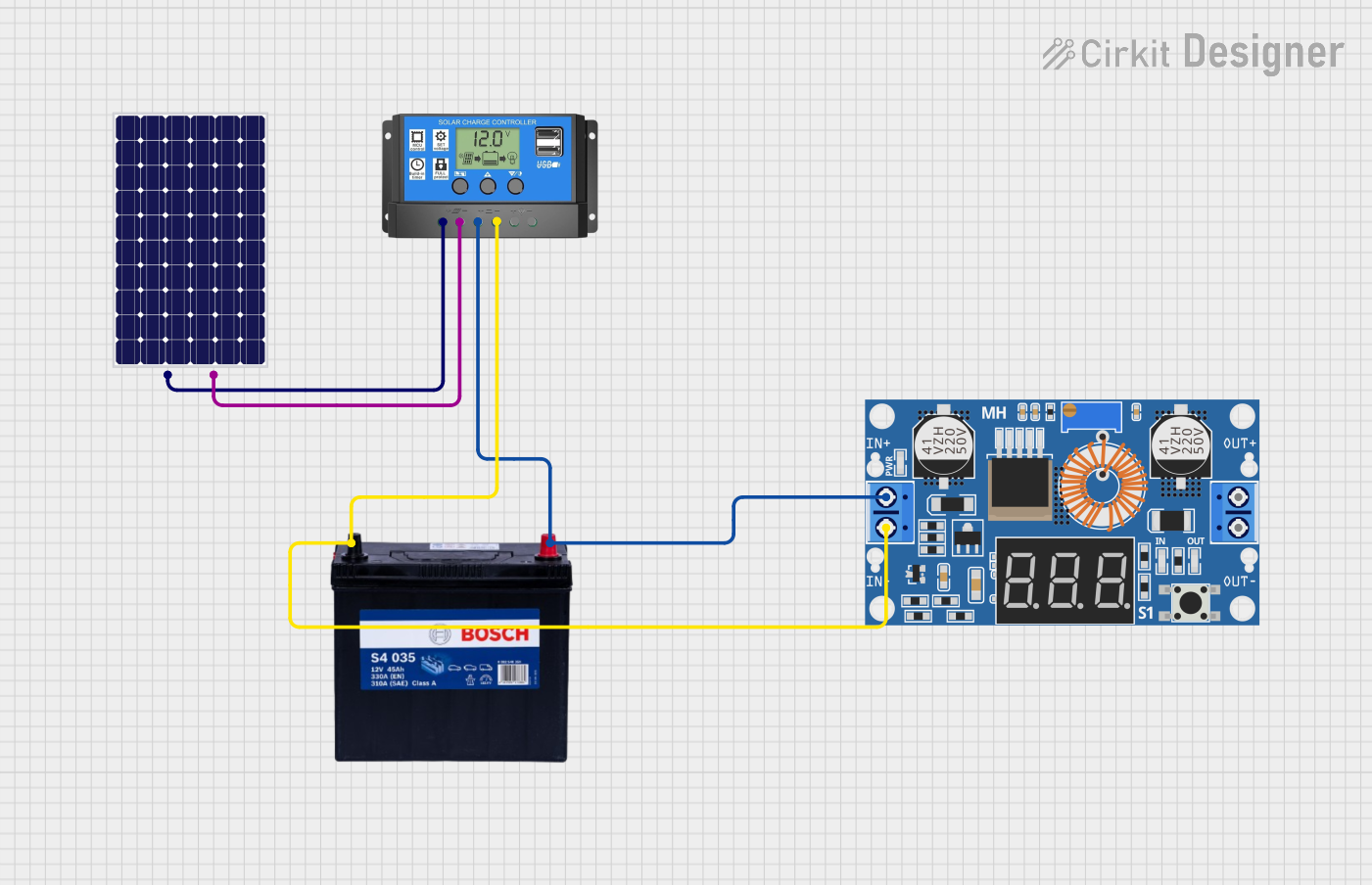
 Open Project in Cirkit Designer
Open Project in Cirkit Designer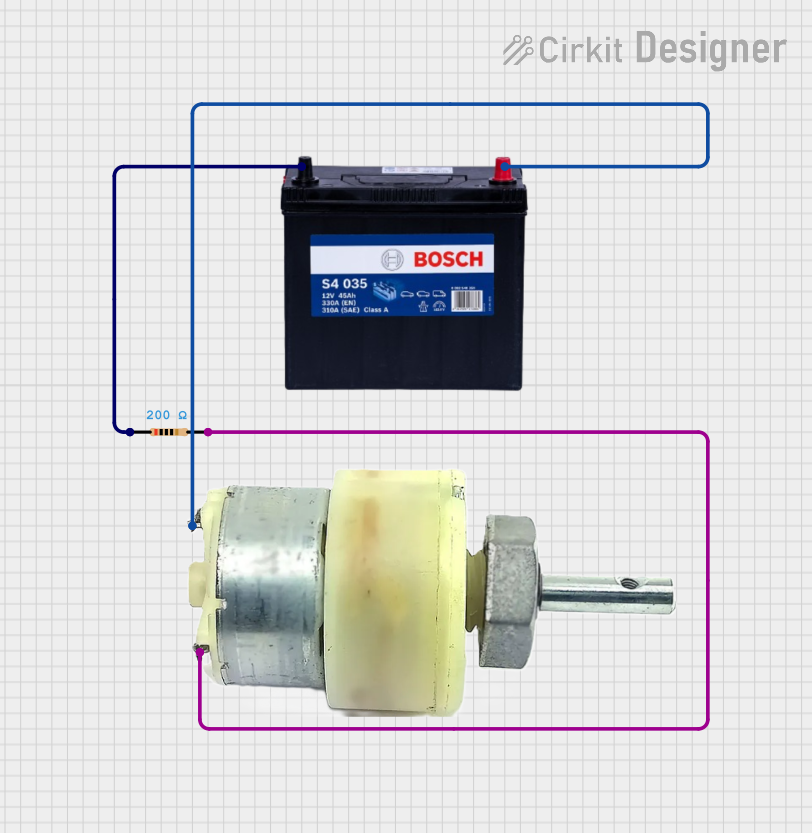
 Open Project in Cirkit Designer
Open Project in Cirkit DesignerExplore Projects Built with 12V 50Ah Battery

 Open Project in Cirkit Designer
Open Project in Cirkit Designer
 Open Project in Cirkit Designer
Open Project in Cirkit Designer
 Open Project in Cirkit Designer
Open Project in Cirkit Designer
 Open Project in Cirkit Designer
Open Project in Cirkit DesignerTechnical Specifications
The following table outlines the key technical specifications of the 12V 50Ah battery:
| Parameter | Specification |
|---|---|
| Nominal Voltage | 12V |
| Capacity | 50Ah |
| Chemistry | Lead-acid / Lithium-ion (varies) |
| Maximum Charge Voltage | 14.4V - 14.6V |
| Float Voltage | 13.5V - 13.8V |
| Discharge Cut-off Voltage | 10.5V - 11.0V |
| Maximum Discharge Current | 50A (continuous) |
| Operating Temperature | -20°C to 60°C |
| Weight | ~12-15 kg (varies by type) |
| Dimensions (LxWxH) | ~330mm x 170mm x 220mm |
| Terminal Type | M6/M8 bolt or F2 spade connectors |
Pin Configuration and Descriptions
The 12V 50Ah battery typically has two terminals:
| Terminal | Description |
|---|---|
| Positive (+) | Connects to the positive side of the circuit. Usually marked in red. |
| Negative (-) | Connects to the negative side of the circuit. Usually marked in black. |
Usage Instructions
How to Use the 12V 50Ah Battery in a Circuit
Connection:
- Identify the positive (+) and negative (-) terminals of the battery.
- Use appropriately rated wires to connect the battery to your circuit. Ensure the wire gauge can handle the maximum current (e.g., 50A for continuous discharge).
- Connect the positive terminal to the positive input of your load or circuit and the negative terminal to the ground or negative input.
Charging:
- Use a compatible charger designed for 12V batteries with a capacity of 50Ah.
- Set the charger to the recommended charging voltage (14.4V - 14.6V) and current (typically 10% of the battery capacity, i.e., 5A for a 50Ah battery).
- Avoid overcharging by using a charger with an automatic cut-off or float mode.
Discharging:
- Ensure the load does not exceed the maximum discharge current (50A continuous).
- Monitor the battery voltage and avoid discharging below the cut-off voltage (10.5V - 11.0V) to prevent damage.
Safety Precautions:
- Avoid short-circuiting the terminals.
- Do not expose the battery to extreme temperatures or direct sunlight for prolonged periods.
- Handle the battery with care to prevent physical damage or leakage.
Important Considerations and Best Practices
- Battery Maintenance: Regularly check the battery terminals for corrosion and clean them as needed. For lead-acid batteries, check the electrolyte levels and top up with distilled water if required.
- Storage: Store the battery in a cool, dry place when not in use. Charge the battery to 50-70% capacity before long-term storage to prevent self-discharge.
- Compatibility: Ensure the battery is compatible with your device or system in terms of voltage and current requirements.
Example: Connecting to an Arduino UNO
The 12V 50Ah battery can be used to power an Arduino UNO via a voltage regulator or DC-DC converter to step down the voltage to 5V. Below is an example circuit and code:
Circuit Setup
- Connect the positive terminal of the battery to the input of a 12V-to-5V DC-DC converter.
- Connect the output of the converter to the Arduino UNO's 5V and GND pins.
- Ensure proper polarity to avoid damaging the Arduino.
Example Code
// Example code to blink an LED connected to pin 13 of the Arduino UNO
// Ensure the Arduino is powered via the 12V 50Ah battery and a DC-DC converter
void setup() {
pinMode(13, OUTPUT); // Set pin 13 as an output pin
}
void loop() {
digitalWrite(13, HIGH); // Turn the LED on
delay(1000); // Wait for 1 second
digitalWrite(13, LOW); // Turn the LED off
delay(1000); // Wait for 1 second
}
Troubleshooting and FAQs
Common Issues and Solutions
Battery Not Charging:
- Cause: Faulty charger or incorrect charging voltage.
- Solution: Verify the charger is functioning correctly and set to the recommended voltage (14.4V - 14.6V).
Battery Drains Quickly:
- Cause: Excessive load or aging battery.
- Solution: Reduce the load or replace the battery if it has reached the end of its lifespan.
Overheating During Use:
- Cause: High discharge current or poor ventilation.
- Solution: Ensure the load does not exceed the maximum discharge current and improve ventilation around the battery.
Corroded Terminals:
- Cause: Exposure to moisture or electrolyte leakage.
- Solution: Clean the terminals with a baking soda solution and apply a protective coating.
FAQs
Q1: Can I use this battery in a solar power system?
A1: Yes, the 12V 50Ah battery is suitable for solar power systems. Ensure the solar charge controller is compatible with the battery's voltage and capacity.
Q2: How long will the battery last on a full charge?
A2: The runtime depends on the load. For example, a 5A load will last approximately 10 hours (50Ah ÷ 5A = 10 hours).
Q3: Can I connect multiple batteries in series or parallel?
A3: Yes, you can connect batteries in series to increase voltage or in parallel to increase capacity. Ensure all batteries are of the same type, capacity, and charge level.
Q4: Is it safe to use this battery indoors?
A4: Yes, but ensure proper ventilation, especially for lead-acid batteries, as they may emit gases during charging.